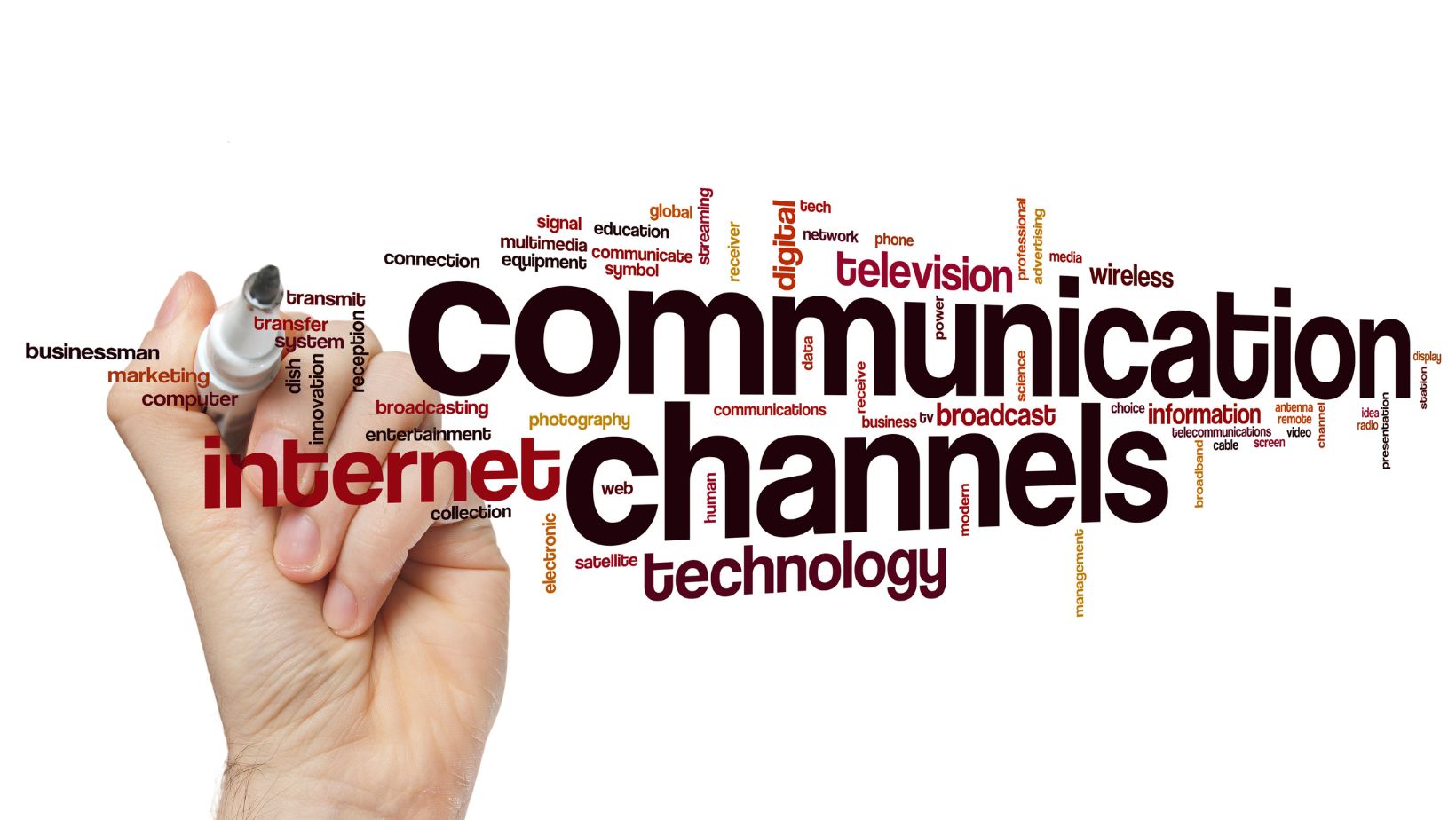
Introduction
In the vast expanse of the digital universe, where geographical boundaries fade, the ability to communicate across languages and cultures is paramount for global success. Multilingual websites emerge as vital tools in this endeavor, not just expanding reach but also fostering deep cultural connections.
The Evolution of Web Communication
Initially, the internet’s linguistic landscape was predominantly English. But as global internet usage grew, so did the linguistic diversity of its users. This is where innovative solutions like the best WordPress translation plugin, play a transformative role. Businesses and organizations realized the need to communicate in multiple languages, not merely to reach a broader audience but to connect with them on a cultural level.
Case Studies of Success
Global brands like Airbnb and Amazon demonstrate the power of multilingual websites. By offering their platforms in various languages, they have significantly broadened their market reach, enhancing user experience and showing a commitment to inclusivity.
Understanding Cultural Barriers
Digital communication is not just about overcoming language barriers but also navigating cultural nuances. Effective communication requires understanding social norms, traditions, and contexts unique to each culture.

The Role of Language in Cultural Understanding
Language shapes perception and interaction with the world. Multilingual websites thus become more than translation platforms; they become bridges of cultural understanding, essential for building trust and connection with a global audience.
AI in Website Translation: A Game Changer
The advent of AI in translation has revolutionized how websites approach multilingual content. AI algorithms not only translate text but also adapt it to different cultural contexts, ensuring that the message resonates with the target audience. This technological advancement has made website localization faster, more accurate, and cost-effective.
ConveyThis: Leading with AI Translation
At the forefront of this revolution is ConveyThis. They can offer dynamic AI translation, adapting website content for a global audience while maintaining cultural relevance. Its state-of-the-art AI provides real-time translations, making it an indispensable tool for website owners looking to globalize their digital presence.
SEO and Multilingual Websites
A crucial aspect of multilingual websites is their performance in search engine rankings. SEO localization is vital for ensuring that a website ranks high in different regions.
ConveyThis and SEO Optimization
ConveyThis goes beyond basic translation. It ensures that meta tags, such as titles and descriptions, are appropriately translated and localized, boosting SEO in various linguistic markets. This feature is crucial for businesses aiming to establish a strong online presence across different countries.
Enhancing User Experience
User experience on multilingual websites is paramount. It’s not just about providing content in different languages but also about ensuring that the website’s design and layout are compatible with those languages.

Design and Layout Considerations
Its plugin offers customizable language switchers and ensures that the website’s layout remains consistent and user-friendly across different languages. This attention to detail enhances user engagement and satisfaction, crucial for retaining a global audience.
Conclusion
In today’s interconnected world, the ability to communicate across languages and cultures is not just a luxury but a necessity. Multilingual websites are at the forefront of this communication revolution. They enable businesses to transcend linguistic and cultural barriers, paving the way for a truly global digital presence.










